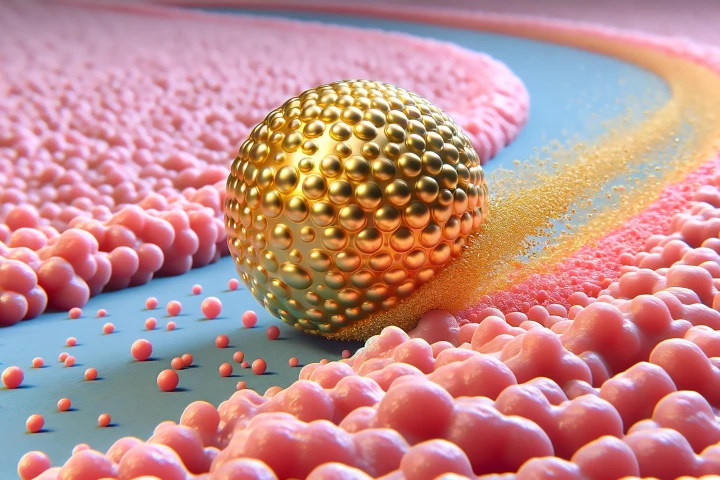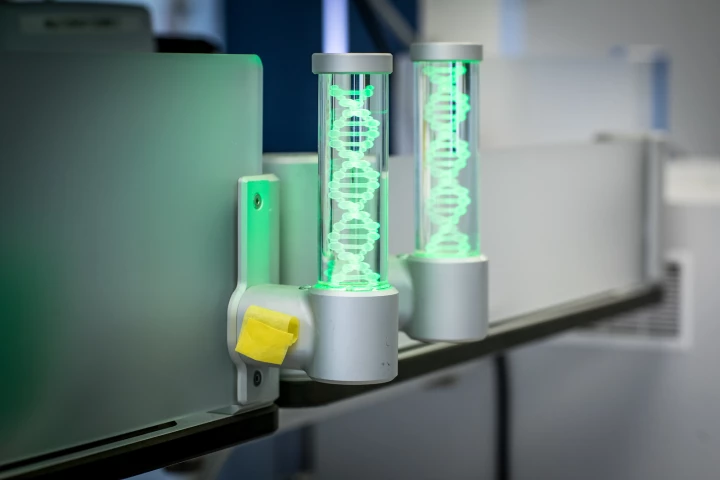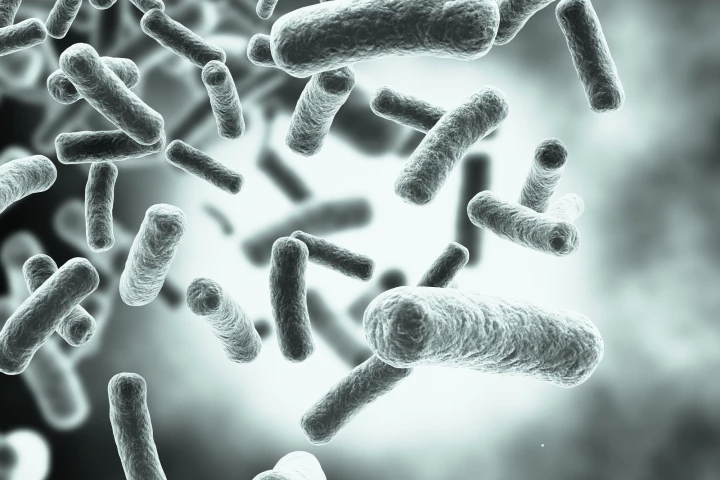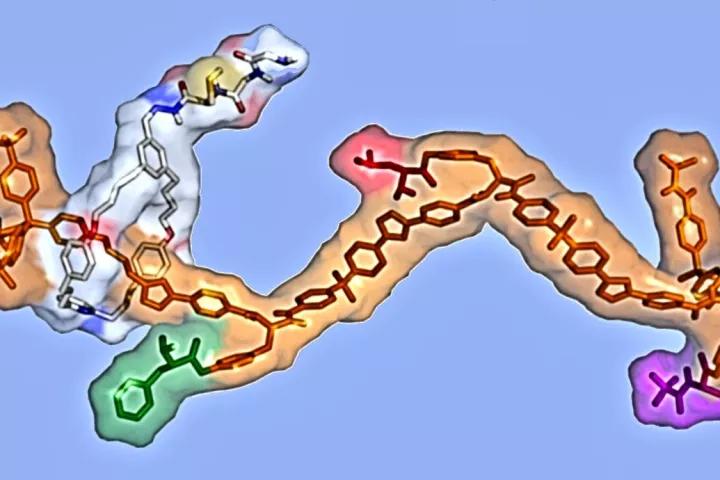Molecular machines
-
The body uses protein-based molecular motors to perform functions essential to life. Now, researchers have created ‘The Lawnmower,’ the first synthetic motor that propels itself by harnessing the energy it creates as it cuts through fields of proteins.
-
Nano-engineering happens all day long in our bodies, and California startup Aether is designing and testing millions of new enzymes to do a range of other useful tasks – like directly extracting battery-grade lithium from sources nobody else can use.
-
Researchers at the Technical University of Munich (TUM) have developed the world’s first electric nanomotors made of DNA. The self-assembling structures can be activated by an electric charge to spin a ratcheting rotor arm.
-
In many fields of technology, smaller is better, and machinery is now getting so tiny it’s measured in mere atoms. Researchers at the University of Erlangen–Nuremberg in Germany have now developed the world’s smallest working gear wheels.
-
Princeton University researchers have made a breakthrough in the world of molecular machines, by using self-assembling peptides to form the world's tiniest interlocked biomechanical structures, measuring just one billionth of a meter in size.
-
Creative new treatments for superbugs are sorely needed, and now researchers at UCSD have developed a concept that’s just crazy enough to work – self-propelling “microvehicles” that lure bacteria into a trap, then kill them.
-
The field of nanotechnology is still in its nascent stages but recent innovations are increasingly making this sci-fi world a reality. New research has demonstrated a robot made of a single strand of DNA explore a molecular surface, pick up targeted molecules, and move them to another location.
-
In 2015, scientists from Rice University revealed they had created light-driven nanosubmarines. These single-molecule machines have now been shown to be able to target and drill into specific cancer cells, paving the way for a variety of highly targeted future nanomedicine treatments.
-
With roadside drug testing for motorists spreading around the world, the need for an accurate and fast ecstasy (MDMA) test is growing. A new method has been developed that promises simple, reliable and cheap testing for the popular recreational drug.
-
An international competition is coming up in Toulouse, France at the end of next month, but it's not a very big one. The Nanocar Race will see four "cars" each made up of about a hundred atoms, racing against one another on a gold track that's just 100 nanometers long – that's 0.0001 millimeters.
-
All living organisms – human, animal, or otherwise – continuously move molecules around their cells. It's a crucial mechanism of life, vital for feeding cells the proteins they need to function. And now scientists at Northwestern University have created a machine that mimics this pumping mechanism.
-
An artificial molecular assembler has been designed and fabricated at the University of Manchester.
Load More











